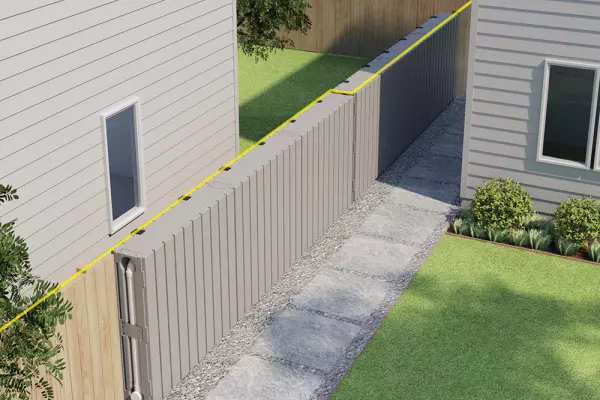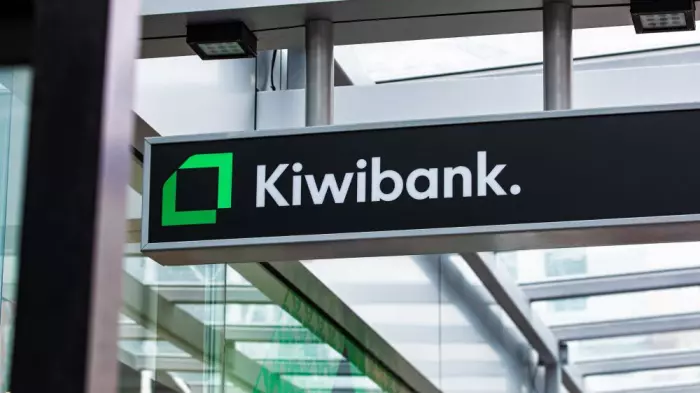Accelerating house building is not a panacea to New Zealand’s housing crisis and more focus is needed on smoothing the path to ownership for first-home buyers, Westpac chief economist Dominick Stephens says.
Stephens, who expects house inflation to reach about 15 percent this year, said the message needed to be that the supply side is “no longer the issue” given the construction sector is building homes at its fastest rate in 40 years.
He told BusinessDesk that seeming contradiction will not help the government "manage the social problem" behind the scenes, particularly while there is little political will to endorse anything that undermines house prices.
The building frenzy is supported both by strong employment - with the latest household labour force survey showing the sector accounted for an additional 8,200 jobs in the past quarter - and a continued deluge of new home consents.
This was led by record levels of terrace-style and apartment approvals in Auckland, which helped push dwelling consents to 11,291 for the past quarter, breaching the country’s previous quarterly record of 10,713 in 1973.
That helped propel the number of new home consents to 39,420 for the year, at a ratio of 7.8 homes per 1,000 residents. In Auckland, which came in at 16,592 consents, that ratio is closer to 10 homes per 1,000.
David Norman, chief economist for Auckland Council, said rising prices may be music to developer’s ear, but with borders closed "it will be harder to turn those consents into homes as access to skills will be more limited."
Consequently, he said, once borders open prices will rise further in the city and development activity will remain buoyant.
Waiting
Westpac’s Stephens said he hoped the “penny would drop” at the policy level, with the market now widely expecting the government to announce more financial assistance for first-home buyers.
At the same time, he said the government also needs to be seen to be “making the right noises” on the supply side, through reform of the Resource Management Act and by freeing up land.
But, against a backdrop of low population growth and a construction sector in top gear “it makes it hard to argue that there is a supply-side impediment here," he said.
Rather, he said, people were being held back from entering the market because they lacked the resources to muster a deposit.
Greater incentives for first-timers, for example under a ‘rent to own’ plan rather than as a cash grant, could directly address that problem. That might “kill two birds with one stone" by addressing the problem without also threatening the value of the middle class’s main asset, he said.
The beauty of a rent-to-own or shared ownership scheme, he said, is it “lets you put a picture on the wall and have security of tenure as you will one day own the house.”
Bright lines
Kelvin Davidson, senior property economist at CoreLogic, suggests an intervention package expected from the government will likely include extending the bright-line property rule from its current five years to 10.
In tandem, Davidson notes the Reserve Bank’s reinstatement of loan-to-value ratios next month, could see a rise from 30 percent to 40 percent “sooner rather than later” as a financial stability measure. The central bank has also requested banks add debt-to-income caps to their toolkit.
ANZ senior economist Miles Workman said no one policy would fix the market.
“You have to coordinate your policies and even then it’s going to be a challenge to get the balance right.”
But ultimately it was up to central government.
"They can control regulation. They can free up land supply and they can address the supply side interest rates.”
Workman said the macroprudential policies of the Reserve Bank, by comparison, were more about “sticking plasters on the housing market.”
Both entities, he said, will need to work together to ensure it “doesn’t get too unruly out there.”














